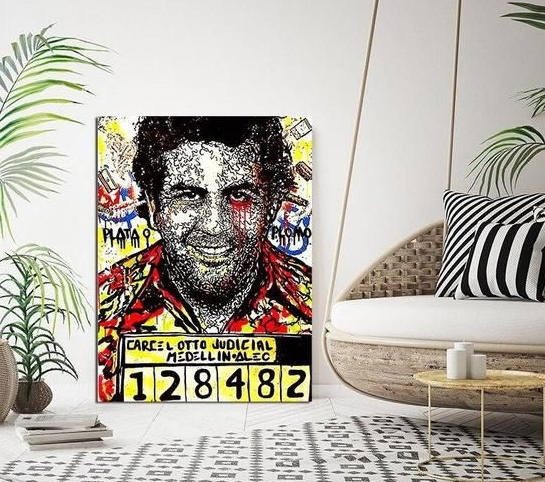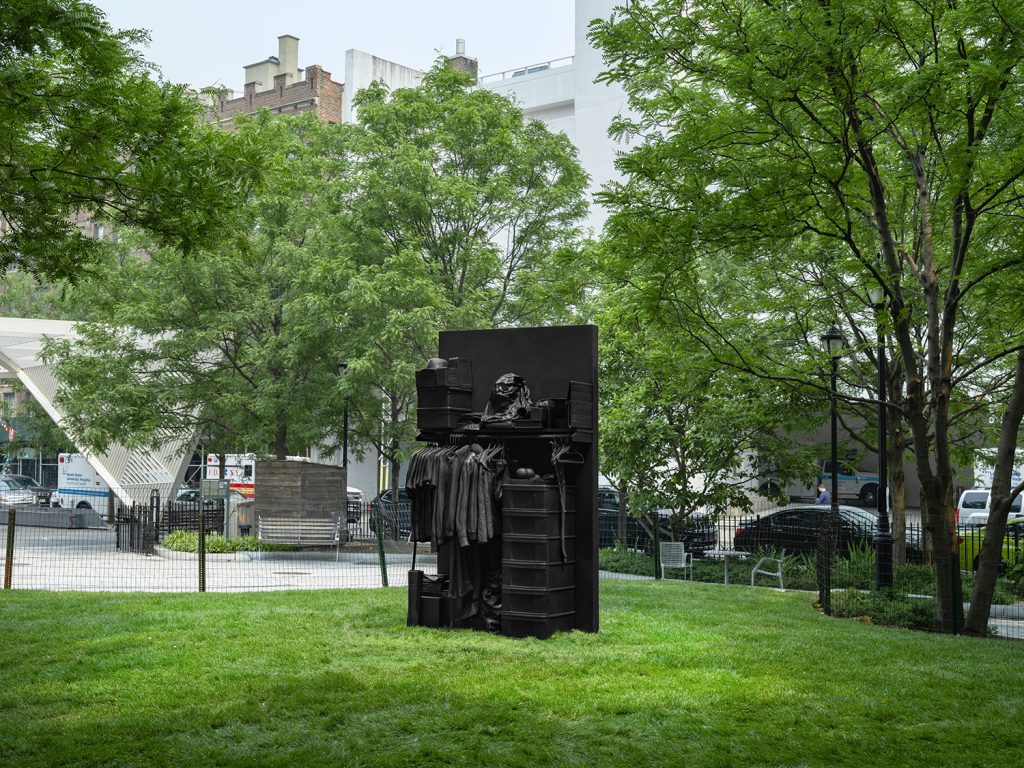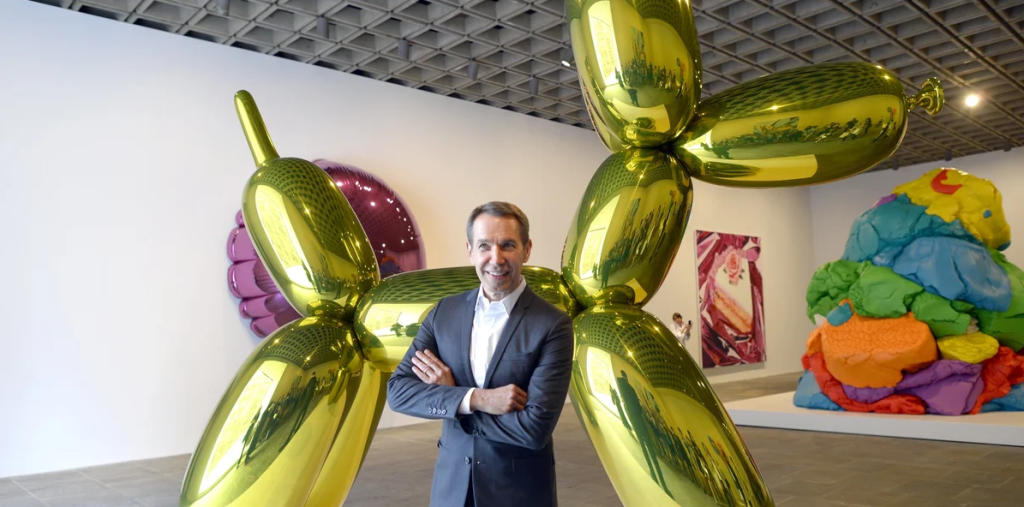Introduction
Pablo Escobar was a notorious figure. His life was a gripping saga of crime, power, and tragedy. Alec Monopoly captures this narrative on urban canvases. His art reflects Escobar’s complex legacy.
The Rise of Pablo Escobar
Pablo Escobar rose from poverty. He became the head of the Medellín Cartel. His empire thrived in the 1980s, making him one of the richest men in the world. He was known for his ruthless tactics and immense wealth.
Alec Monopoly: The Artist
Alec Monopoly is a street artist. He gained fame for his murals featuring iconic characters. His work often includes elements of pop culture. He uses bold colors and striking imagery. Monopoly blends street art with social commentary.
The Art and Its Impact
Monopoly paints Escobar as a controversial figure. His art evokes curiosity and debate. Some view it as glamorizing crime. Others see it as a critique of society’s fascination with villains. These pieces spark conversations about morality and redemption.
Themes of Power and Corruption
Monopoly’s portrayals reflect power and corruption. Escobar’s story unveils the dark side of ambition. The artist emphasizes the consequences of an unchecked desire for wealth. His work serves as a warning against glorifying crime.
The Unfinished Story
Escobar’s life ended in violence, but his story continues. His impact remains in Colombia and beyond. Monopoly captures this ongoing narrative in his art. Each piece invites viewers to reflect on Escobar’s legacy.
Conclusion
Alec Monopoly’s urban canvases portray Pablo Escobar’s unfinished story. The art invites both admiration and critique. It holds a mirror to society, challenging us to confront the allure of power and the cost of crime. His art reflects Escobar’s complex legacy, with some of his works extending into three-dimensional alec monopoly sculptures, further amplifying the viewer’s thoughts on the subject.


